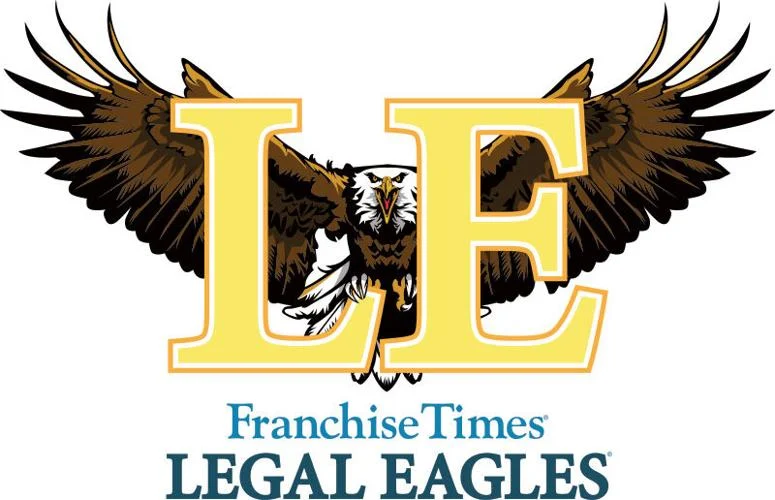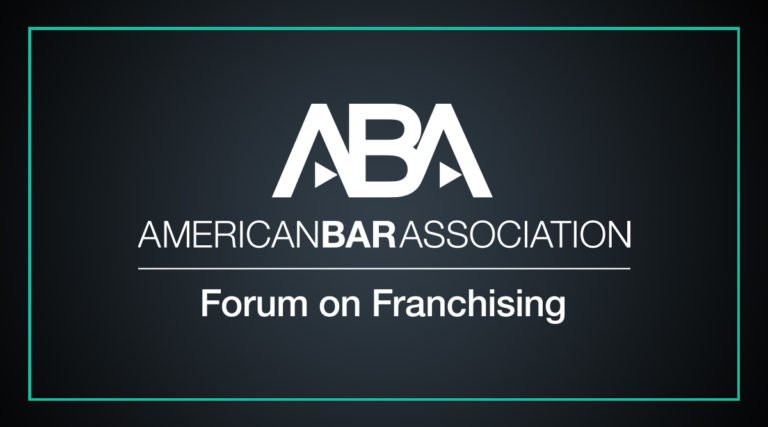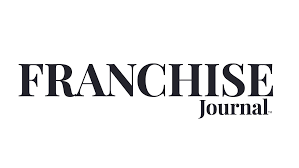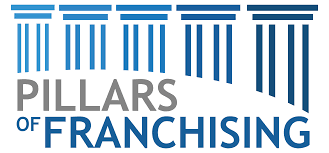Brewing Up Trouble: Blank Street, Blank Street, and Trademark Confusion
In a recent trademark infringement case, a small café in Manhattan called Blank Slate Coffee + Kitchen faced a challenging situation when a venture capital-backed coffee chain named Blank Street began expanding rapidly in the city. Despite having stronger trademark rights and a solid case for infringement, Blank Slate decided to rebrand itself to avoid confusion. This case sheds light on the difficulties brand owners encounter in protecting their intellectual property and maintaining their unique identity in a competitive market.
The History
Blank Slate Coffee + Kitchen was established in 2015 by Ashley Jaffe and Zach Israel, initially located on the corner of East 30th Street and Madison Avenue. In 2019, they opened a second café in Midtown. The conflict arose when Blank Street, a venture capital-backed coffee chain, opened multiple locations near Blank Slate Coffee + Kitchen. This led to customers mistakenly attributing the new cafes to Blank Slate, resulting in confusion and potential harm to Blank Slate's brand reputation. In October 2021, Jaffe and Israel took legal action by sending a cease-and-desist letter to Blank Street.
The crux of the legal dispute revolves around trademark infringement. Blank Slate's legal team argues that Blank Street infringed on their café's intellectual property rights by using a similar name, causing customer confusion and potentially damaging Blank Slate's reputation. In contrast, Blank Street's legal team denies any infringement and questions Blank Slate's claim to protectable intellectual property. Blank Street contends that any similarity with their brand is coincidental, pointing out that Blank Slate did not oppose the registration of Blank Street's trademark, which was officially registered in September 2021.
Trademark Law
Trademark law aims to prevent consumer confusion by assessing whether the purchasing public would mistakenly assume that goods or services originate from, are sponsored by, or are associated with someone else. Courts often consider the thirteen-factor test known as the DuPont factors to determine the likelihood of confusion. Factors such as the appearance, auditory resemblance, and commercial impression of the marks, as well as the similarity of the goods or services, are given significant weight in determining infringement.
It is important to note that trademark rights are not solely based on who filed for the trademark first, but rather on who has been using it the longest. This is known as the "first to use" rule. Additionally, trademark rights can exist even without formal registration, known as "common law rights." If someone's common law trademark rights precede another person's federally registered trademark, it can be used to challenge the validity of the registered trademark.
Reverse Confusion
In trademark infringement cases, people often associate confusion with a junior mark being related to a well-established senior mark. In other words, the junior mark creates confusion by appearing to be related to the senior mark, leading consumers to mistakenly assume there is a connection or affiliation between the two. This is known as "forward confusion." However, there is another type of confusion called "reverse confusion." Reverse confusion occurs when a junior user floods the market with promotions, leading consumers to mistakenly believe that the smaller, senior user's services are associated with the junior user. This typically happens when a more powerful company uses a mark similar to a smaller, less powerful senior. As a result, the smaller, senior user loses the value of its trademark, brand identity, and control over its reputation.
Was There Trademark Infringement?
Based on the facts, there is a strong case for reverse confusion between Blank Street and Blank Slate. Both companies operate in the same industry and use similar marks. As a consequence, consumers mistakenly associated Blank Street's expanding locations with Blank Slate. This led to negative publicity and reviews that were wrongly attributed to Blank Slate.
Why Did Blank Slate Choose to Rebrand Instead of Going to Court?
The decision to rebrand instead of pursuing litigation can be attributed to several factors, with the cost of legal proceedings being a significant consideration. Particularly for a smaller company like Blank Slate, which may lack the resources to engage in a legal battle against a larger and well-funded opponent like Blank Street, the financial burden of litigation can be daunting.
However, the primary reason for the rebranding decision is the damage already inflicted on Blank Slate's brand. Even if they were to win in court, their name had already become associated with negative perceptions due to the confusion with Blank Street. Therefore, retaining their original name, despite legal victory, might not have been sufficient to restore their brand image. In this context, rebranding represented the most cost-effective approach to salvaging their brand identity.
What Can We Learn?
The case of Blank Slate Coffee serves as a reminder that the value of a brand is closely tied to consumer perception. Despite having a strong legal case, engaging in a prolonged legal battle would have perpetuated the damage to Blank Slate's business and brand. At a certain point, financial compensation alone cannot fully repair a tarnished reputation, whether resulting from mistaken associations or other factors.
If you are looking to register your brand name, logo, or slogan or need help rebranding, our team at Charter Law is here to help. For more information on how to build your brand, call Charter Law at (888) 644-1997 or email us at Info@CharterDifference.com.
By: Gage Meyers










